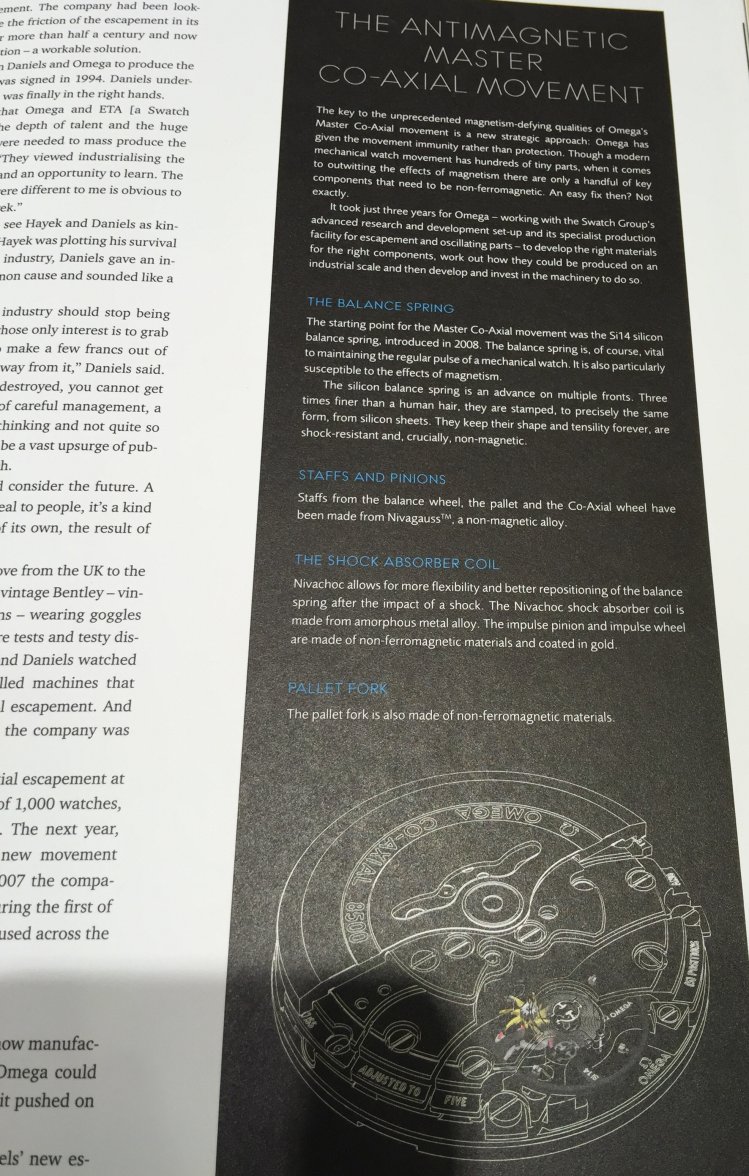- Posts
- 40
- Likes
- 118
4236
·Hello.
I just read from Omega Lifetime issue that the new Master co-axial movement has impulse wheel made of non-ferromagnetic material and coated in gold.
Now i wonder, how a thin layer of gold can resist wear and tear in a such place ?
I just read from Omega Lifetime issue that the new Master co-axial movement has impulse wheel made of non-ferromagnetic material and coated in gold.
Now i wonder, how a thin layer of gold can resist wear and tear in a such place ?


